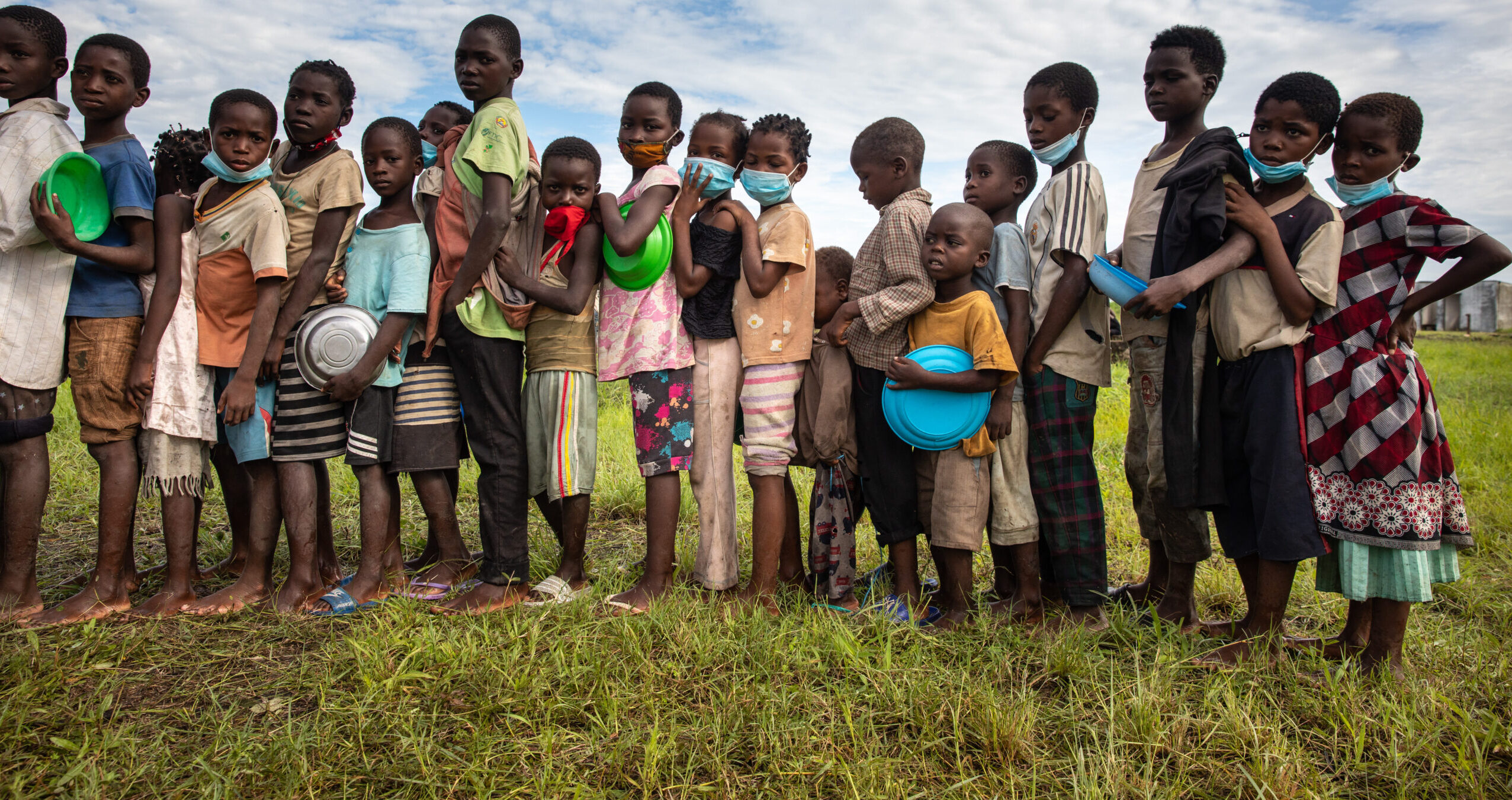Since the release of the first volume in May 2020, the COVID-19 pandemic has continued to rage around the world. By mid-March, 2021, countries around the globe had reported over 123 million cases — a nearly five-fold increase since this report’s previous volume — and over 2.7 million deaths attributed to the disease. And while new case loads are currently on the rise again, the global health community has already administered almost 400 million doses of vaccines, at last offering some signs of hope and progress.
The pandemic continues to present daunting challenges for governments and international organizations. More than ever, the world needs reliable and trustworthy data and statistics to inform these important decisions. This report updates some of the global and regional trends presented in the first and second volumes and offers a snapshot of how COVID-19 continues to affect the world today across multiple domains.
COVID-19 is reversing decades of progress in health and nutrition for children
Although children and adolescents are less likely to suffer from severe disease and death from COVID-19, disruptions in critical health and nutrition services due to country response measures pose a significant threat to their survival, health and well-being. Countries have reported common reasons for these disruptions including shortages of health personnel, equipment and supplies; closures of facilities; reduced service hours; restrictions on transportation; financial difficulties making health care expenses prohibitive for many households; and fear of infection resulting in fewer families seeking health care services for their children and fewer pregnant women accessing maternal health services.
UNICEF’s latest survey tracking the impact of COVID-19 found that health and nutrition service disruptions were still widespread at the end of 2020.
Trade restrictions and disruptions in transportation due to the pandemic impact the food systems negatively, increasing the risk of food insecurity for millions of families. Widespread school closures have meant that millions of children and adolescents are missing out on nutritious meals and health services delivered through schools. An estimated additional 6.7 million children were expected to experience severe acute malnutrition or wasting by the end of 2020, increasing their risk of death and other negative health and development outcomes.
Almost a year into the COVID-19 crisis, it is evident that service disruptions are taking a toll on the health and well-being of pregnant women, children, and adolescents. Countries need to continue prioritizing the delivery of high-quality essential health and nutrition services so that the hard fought gains achieved in the past few decades on maternal, newborn and child survival are not lost.


